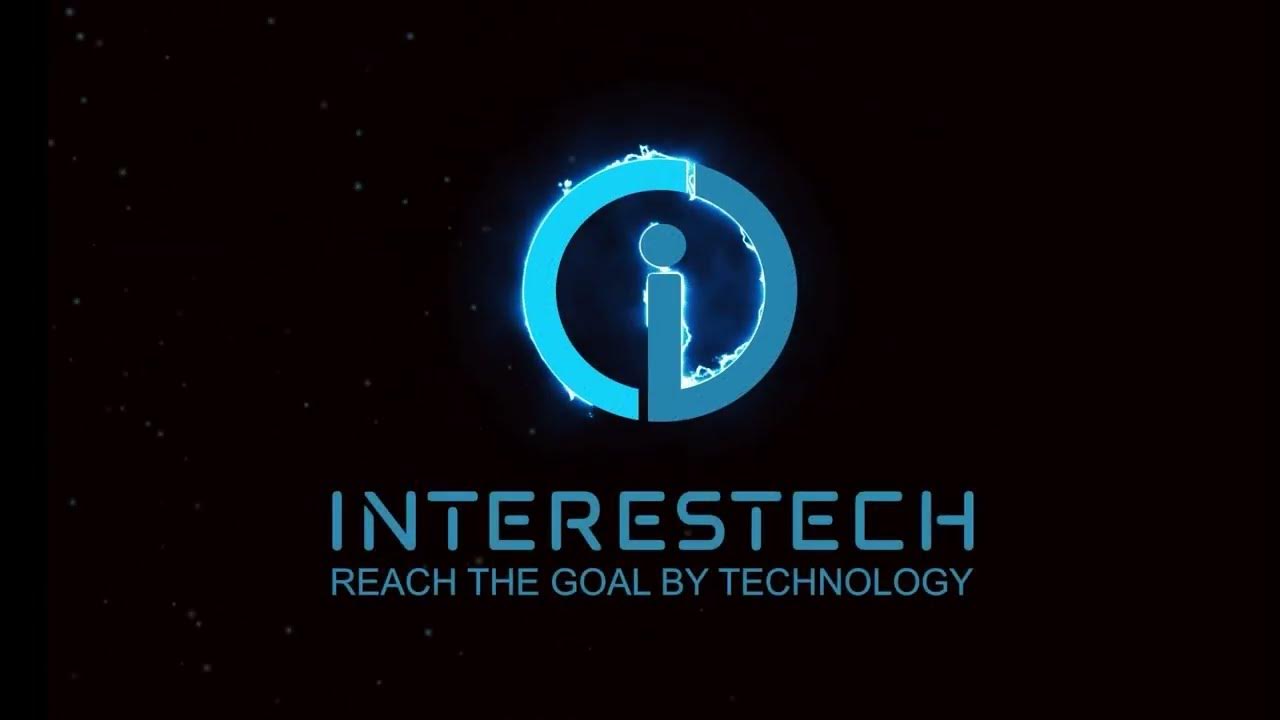Handling URL's in NodeJS
Summary
TLDRThis video script delves into the concept of URLs, explaining their full form as Uniform Resource Locators and their fundamental components. It discusses the protocol, domain, and path, using examples like 'http', 'www.google.com', and '/about'. The script also covers the function of query parameters in URLs for passing extra information to the server, and how to handle and manipulate URLs using JavaScript. The explanation aims to clarify how URLs are constructed and used in web communication.
Takeaways
- 😀 A URL (Uniform Resource Locator) is a fundamental way to access resources on the internet, and it has a specific structure that includes protocol, domain, path, and query parameters.
- 🔐 The 'protocol' part of a URL defines the rules for communication between the browser and the server, such as HTTP, HTTPS, and WebSocket.
- 🌐 The 'domain' in a URL is the human-friendly name that points to an IP address, which is resolved to the server hosting the website or resource.
- 📝 The 'path' in a URL is used to specify the location of a resource on a server and can include nested paths for more specific directories or files.
- 🔍 Query parameters in a URL are optional and used to send additional data to the server along with the request. They follow the '?' symbol and are often used for search queries.
- 🔑 The 'query parameters' are key-value pairs that start with a '?' and are separated by '&' if there are multiple parameters.
- 🛠️ The script discusses the use of a package called 'url' in JavaScript to parse and manipulate URLs, which can be installed via npm (Node Package Manager).
- 📚 The 'url' package provides functionality to break down a URL into its components and extract information such as protocol, host, path, and query parameters.
- 🔄 The process of creating a URL involves combining the protocol, domain, path, and query parameters in a specific order to form a valid URL string.
- 📈 The script also touches on the concept of handling URLs on a server, where incoming requests with URLs are parsed to determine how to respond with the appropriate data.
- 🔗 Understanding the structure and components of a URL is crucial for web development, as it affects how resources are requested and delivered to users.
Q & A
What is the full form of URL?
-The full form of URL is Uniform Resource Locator, which is a web address used to locate and access web resources.
What are the major components of a URL?
-The major components of a URL include the protocol, domain, path, and query parameters.
What does the protocol part of a URL signify?
-The protocol part of a URL signifies the rules and methods used for communication between the browser and the server. Common protocols include HTTP and HTTPS.
What is the difference between HTTP and HTTPS protocols?
-HTTP (Hypertext Transfer Protocol) is the basic protocol for communication on the web, while HTTPS (HTTP Secure) is the secure version that encrypts the data being transferred.
What is a domain name in the context of a URL?
-A domain name is a user-friendly name that represents an IP address, making it easier for users to access websites without remembering numerical IP addresses.
What is a path in a URL and how is it used?
-A path in a URL is the part that comes after the domain and before the query parameters. It directs the browser to specific pages or resources on a website, such as '/about' or '/contact'.
What are query parameters and how are they used in a URL?
-Query parameters are additional pieces of information that are appended to a URL after a question mark (?). They are used to send data to the server and can be used for search queries, user identification, and other purposes.
How does a nested path in a URL differ from a regular path?
-A nested path in a URL is a path that includes subdirectories or additional levels, such as '/project/van'. It allows for more specific navigation within a website's structure.
What is the purpose of using query parameters in a URL?
-Query parameters in a URL are used to pass data to the server, allowing the server to customize the response based on the received data, such as filtering search results or identifying user sessions.
Can spaces be included in a URL directly?
-Spaces cannot be included directly in a URL as they can break the URL format. Instead, spaces are typically encoded, often as '%20'.
What is the role of domain in the process of accessing a website?
-The domain in a URL is the address of the website that users type into their browser to access the site. It is translated into an IP address by the Domain Name System (DNS) to locate the server hosting the website.
Outlines

هذا القسم متوفر فقط للمشتركين. يرجى الترقية للوصول إلى هذه الميزة.
قم بالترقية الآنMindmap

هذا القسم متوفر فقط للمشتركين. يرجى الترقية للوصول إلى هذه الميزة.
قم بالترقية الآنKeywords

هذا القسم متوفر فقط للمشتركين. يرجى الترقية للوصول إلى هذه الميزة.
قم بالترقية الآنHighlights

هذا القسم متوفر فقط للمشتركين. يرجى الترقية للوصول إلى هذه الميزة.
قم بالترقية الآنTranscripts

هذا القسم متوفر فقط للمشتركين. يرجى الترقية للوصول إلى هذه الميزة.
قم بالترقية الآنتصفح المزيد من مقاطع الفيديو ذات الصلة

URIs, URLs, and URNs | Difference between URI and URL | URL Explained

MIXTURES AND THEIR CHARACTERISTICS | Homogeneous and Heterogeneous Mixture | Science 6 | by Sir C.G.

UNSUR-UNSUR DALAM SENI RUPA

Full Wave Bridge Rectifier (Basics Electronics) Diode theory & applications Btech 1st year

SEL PART 1 / KOMPONEN KIMIAWI, STRUKTUR, FUNGSI SEL / BIOLOGI KELAS 11 / SITOLOGI / CELL STRUCTURE

#2 Komponen dan Alat Pendukung IoT 1 (Komponen Dasar Elektronika, Sensor dan Aktuator)
5.0 / 5 (0 votes)
